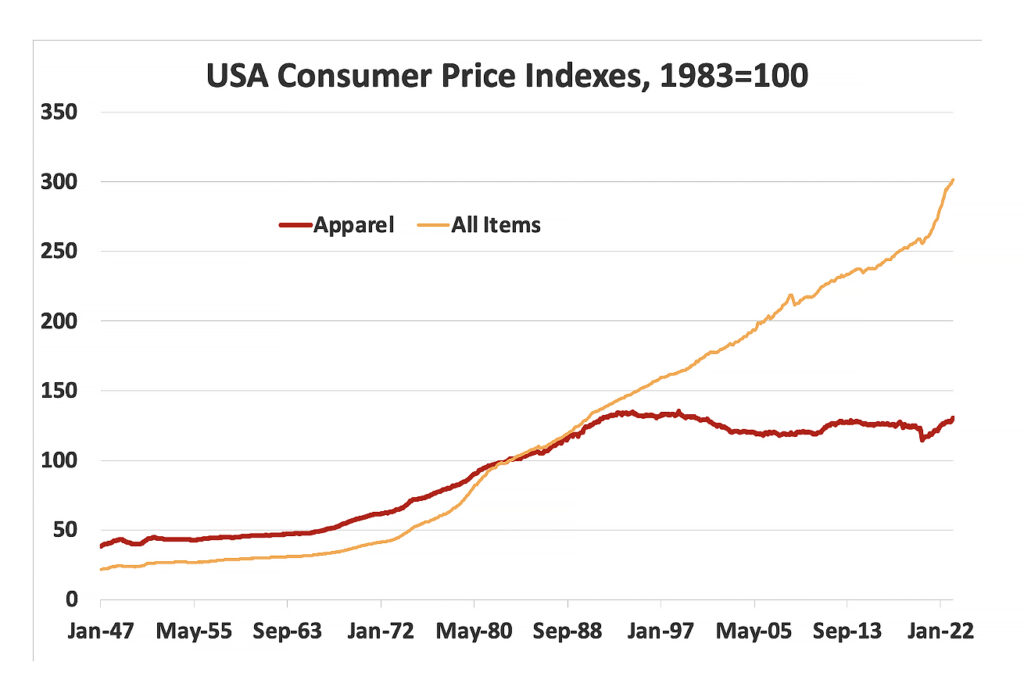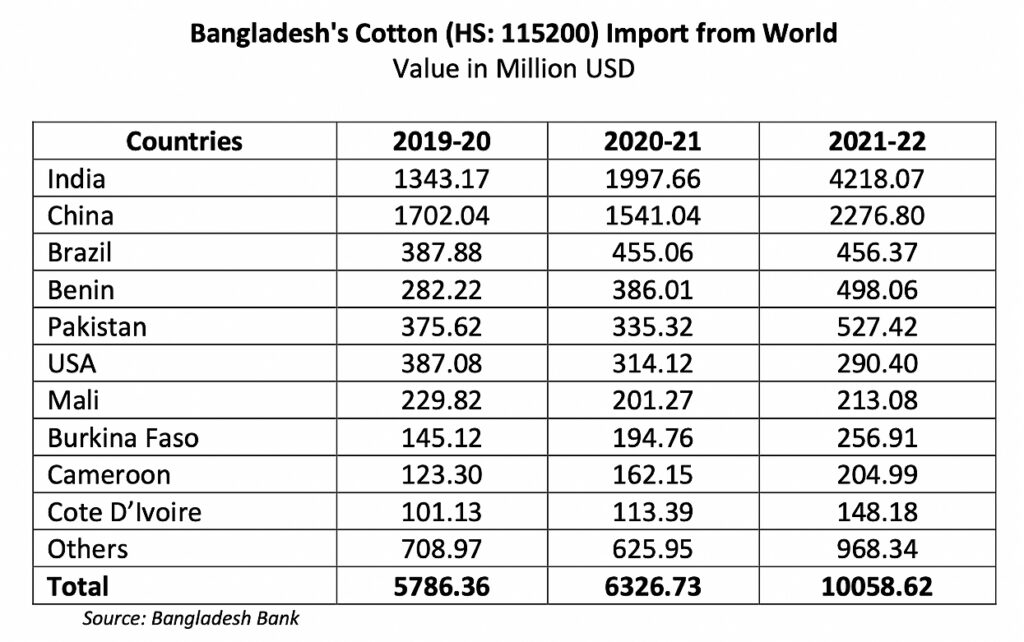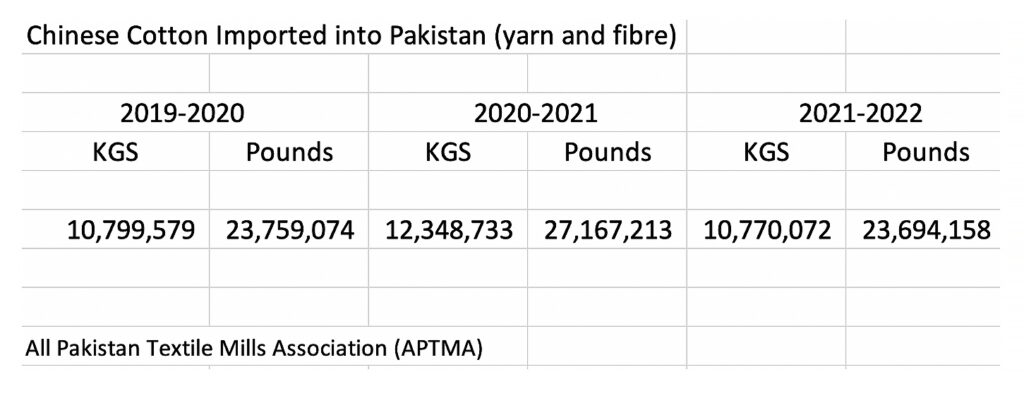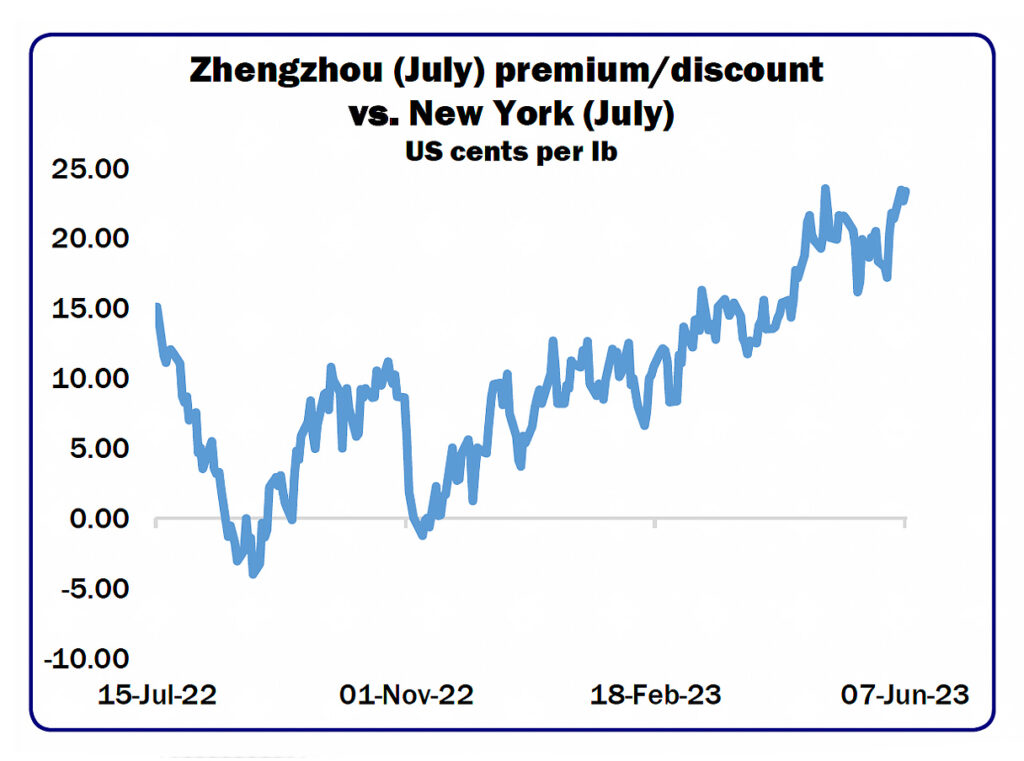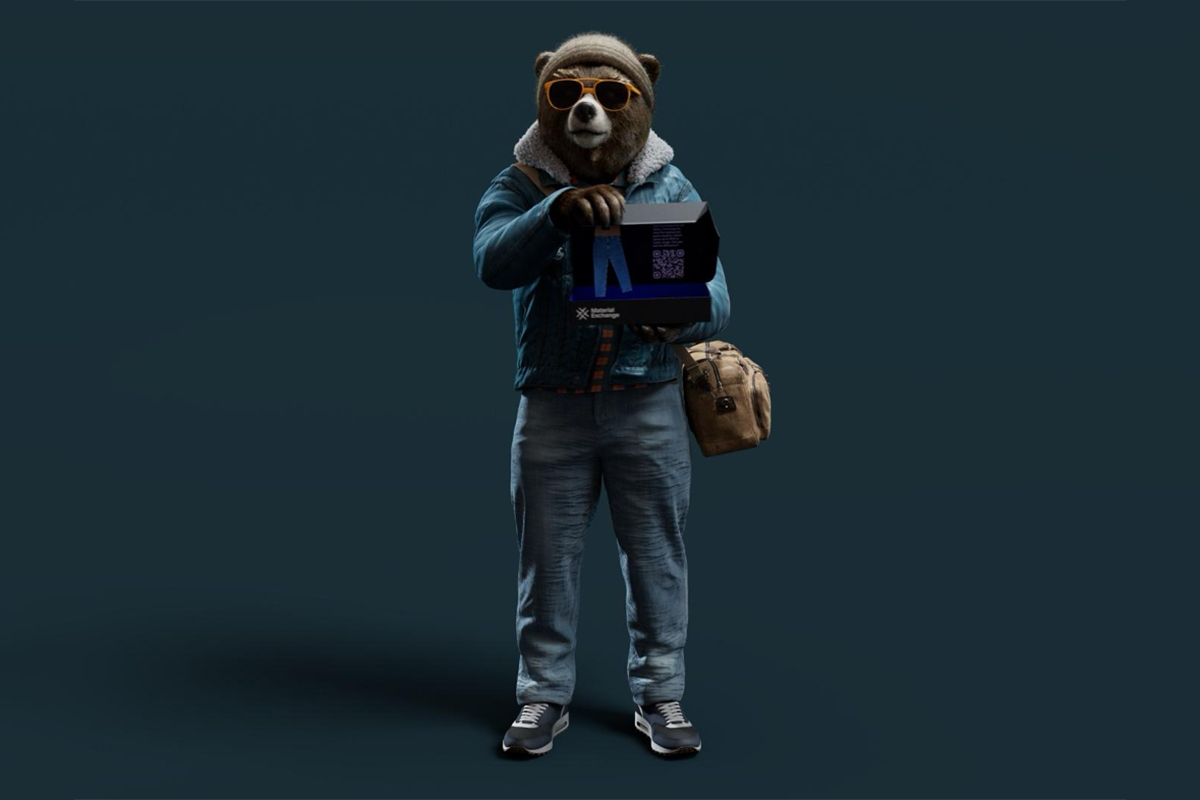Founder’s Letter: Xinjiang Cotton – Where Is It Going?
Everyone in our industry gossips. And we all share the gossip with others. At some point, we eventually ask each other their opinion of the gossip. Is it true? Is there proof? And in the end, if there is any proof, we can turn the conversation from gossip to an actual happening or reality.
The big rumour going around my world is that Xinjiang cotton is everywhere and it’s infecting supply global chains like Covid-19 was infecting the global population back in March 2020. Some think Xinjiang cotton is in your T-shirt, your kids’ jeans, your grannie’s bath towel – and her dish towel — and it will be next year, as well. It’s in everything, it’s everywhere and it’s an unstoppable onslaught because there is so much grown and it’s so cheap.
It’s cheap because the U.S. government banned it from coming into the USA in any form. The Uyghur Forced Labor Prevention Act, which went into effect last year, bans the importation of all goods produced or made (wholly or in part) in the Xinjiang Uyghur Autonomous Region of the People’s Republic of China, unless United States Customs and Border Protection has evidence from the importer that the goods were not produced using forced labor.
Since that law went into effect, the price of Chinese cotton has dropped 35 percent and rumour has it that everyone outside of China is using it to meet the low prices consumers are desperate (we are told) to pay.
Think of a balloon that you squeeze. The air goes from where you squeeze to another part of the balloon.

One loud rumour I heard two weeks ago was that a Bangladesh knit factory bought in one shot (rare in the cotton industry) 18 months’ worth of their cotton consumption.
In June, Pakistan’s Daily News published a story about how Pakistan was continuing cotton trade with China. In our research, we find almost zero imports of cotton into Pakistan in 2022 and not very significant amounts of yarn entering the country.
I find all this oddly curious: Claims and data do not always match.
It makes you wonder when consumers go to Zara and see a really cool cotton trouser made in Bangladesh does it or does it not contain Xinjiang cotton? Is there a difference between the cotton trousers sold at Zara in New York or Amsterdam or Shanghai? Is every imported garment from Zara checked with the same diligence as every garment imported by Walmart or Costco? What about Shein garments that come right smack to your front door? Are U.S. Customs inspectors checking Shein imports garment-by-garment for the cotton origin? Not sure I believe they are. The gossip world concurs with me.
Which brings us back to the question about all that Xinjiang cotton that is no longer welcome in the USA: Where is it going?
I went hunting for the facts because sometimes facts are fun — and they are especially fun if they back up assumptions you already have, like the Shein rumours. Imagine the idea of government policy being circumvented by a Chinese retailer shipping directly to individual citizens’ homes.
I contacted Terry Townsend, former Executive Director of the International Cotton Advisory Committee (ICAC), and he provided me with both advice and data. His conclusion is that the facts (see below) do not allow us to categorically say that Chinese cotton is leaking into the entire global supply chain. No definitive proof of the gossip.
But at the same time, there is no proof that the gossip is definitely wrong. So look at the data and make your own opinion. I mean is there real proof Santa does not exist? Or Martians?
According to at least six of my friends in the industry, Chinese cotton is being sold at 65 cents on the dollar and Chinese yarn is being sold everywhere. But if you look at the data, China cotton futures are at a 20-cent premium to ICE futures. Does that explain why industry professionals are convinced Chinese yarn is being sold everywhere? Also it’s important to note trade data provided by the UN and the WTO do not answer whether the yarn is re-exported.
How do we run a global denim industry, which is mostly made from cotton, when the largest cotton supplier in the world is not really supposed to be shipping its cotton in any form — yarn, fabric or fiber — to America?
At the end of the day, laws are circumvented by those who want to. Drivers go over the speed limit; not every drunk driver is caught; and not everyone pays their full taxes. And we have no statistical proof how many are breaking laws and are not caught.
Check out the facts and decide yourself. Looks to me like Xinjiang cotton is everywhere — but it’s nowhere in the statistics.
Fact 1
Cotton production in China was approximately 6 million tons during 2022/23. Or we can say it this way, China grew 13 BILLION POUNDS of cotton — the most in the world.
Fact 2
90 percent (I am rounding this off) of that cotton was from Xinjiang
Fact 3
The total supply of cotton in the Chinese textile economy, including production, plus imports of fiber, plus imports of yarn and fabric, was 9.834 million tons in 2020.
Fact 4
(emphasis mine)
The World Natural Fibre Update in April states: “Since the end of WWII, the Consumer Price Index (CPI) in the United States, 1983=100, for All Items has risen by a factor of 14, climbing from 21.5 in January 1947 to 301.6 in February 2023. The CPI for Apparel climbed at a slower rate, but rose nevertheless, from the 1940s until the 1990s and stood at 134 in February 1993. However, retail apparel prices have stagnated in the three decades since, and as of February 2023, even after two years of high rates of inflation, the U.S. Apparel CPI stood at 130. Relative to prices of All Items in the US economy, prices of apparel are the lowest in history. This means that natural fibre producers, as well as every other segment of the fashion value chain, face cost pressures as prices of things used to produce apparel rise, while retail prices of apparel do not. (see diagram attached)”
Fact 5
In 2021-2022 Bangladesh imports of fiber, yarn, textiles included approximately $2.3 billion in from China (see chart).
Fact 6
Pakistan imports some cotton and yarn from China but not really a significant number (see chart).
– Andrew Olah
